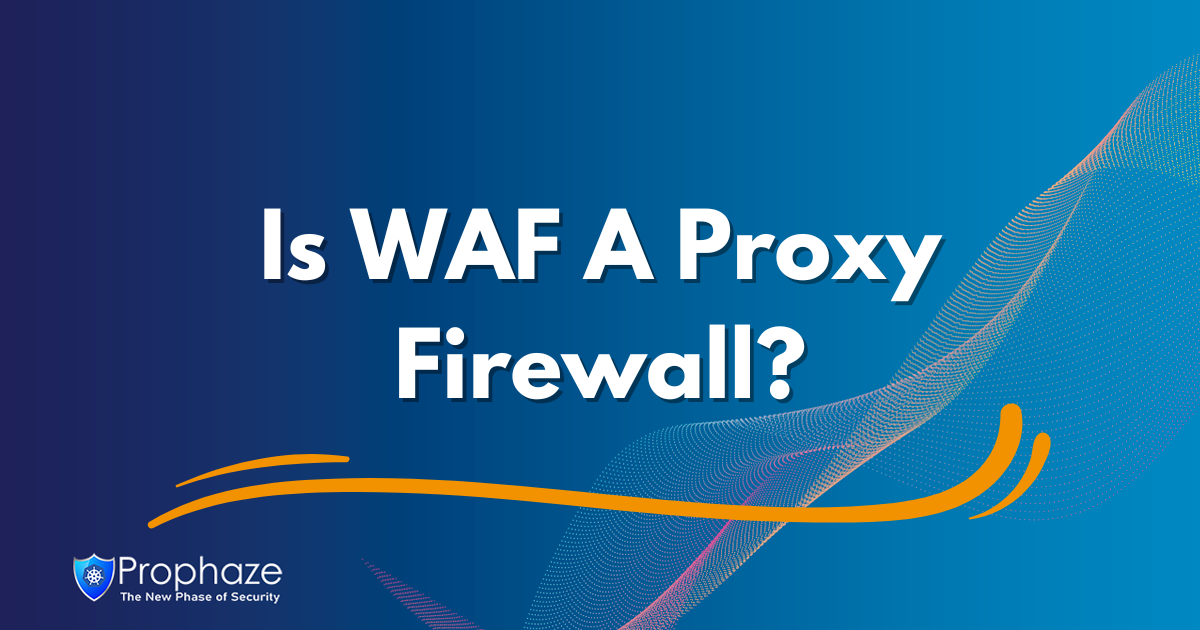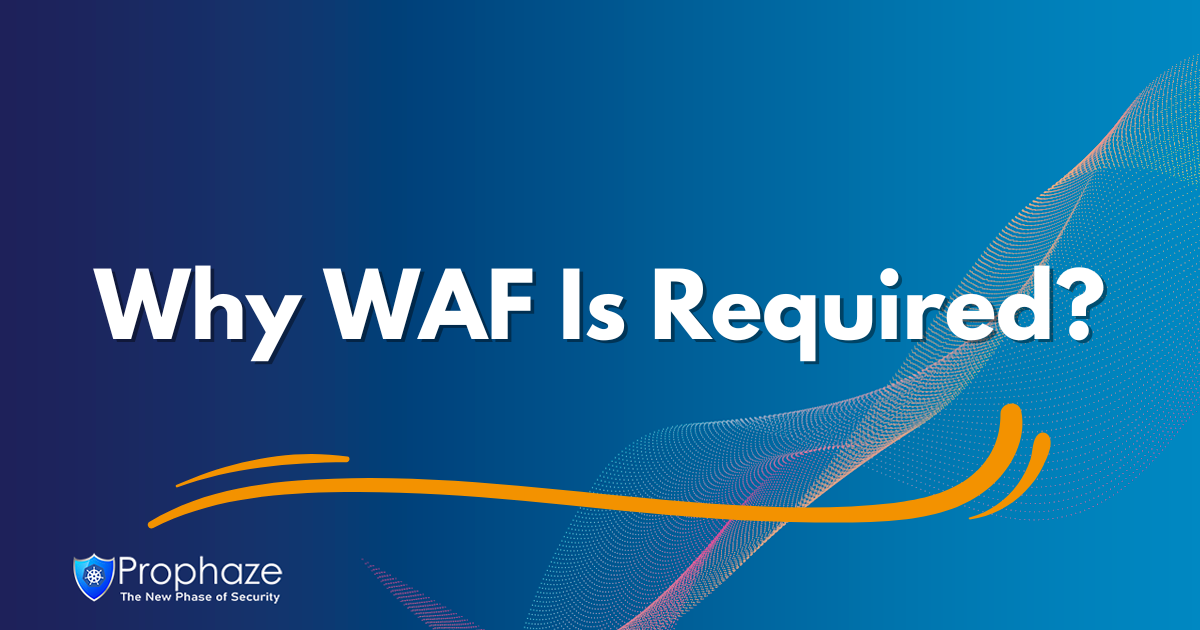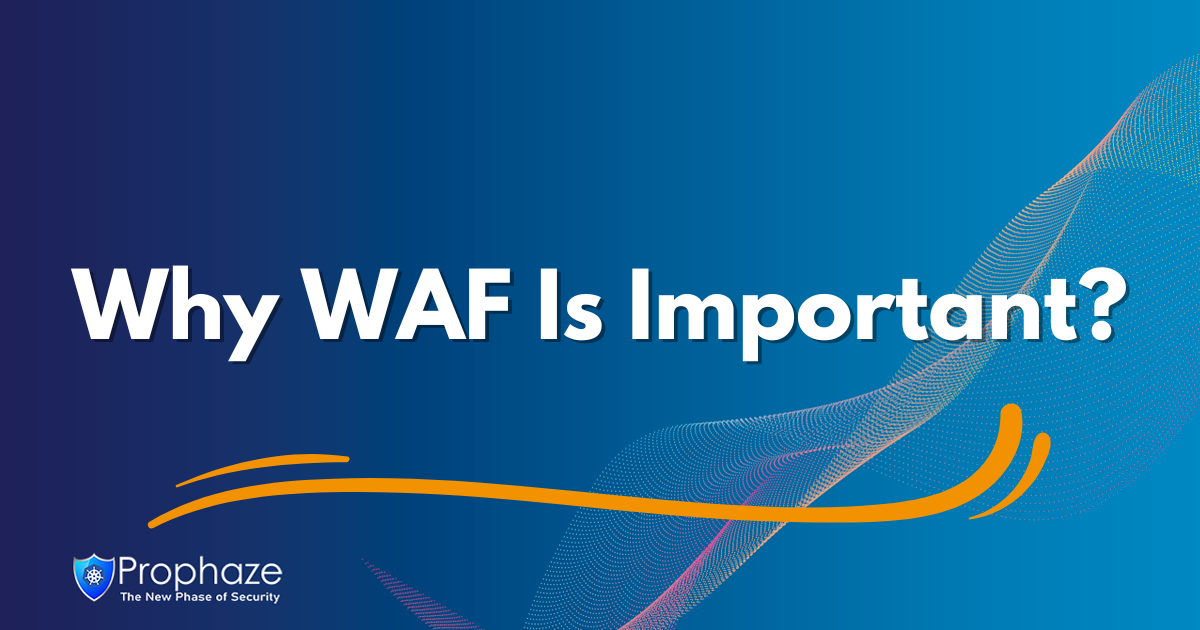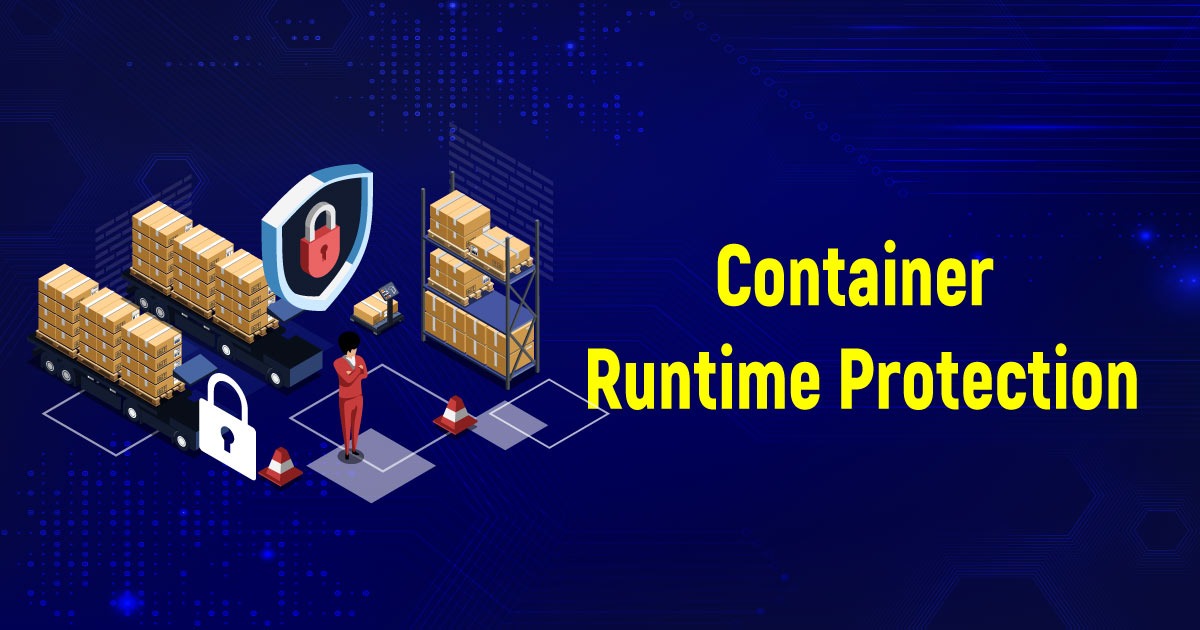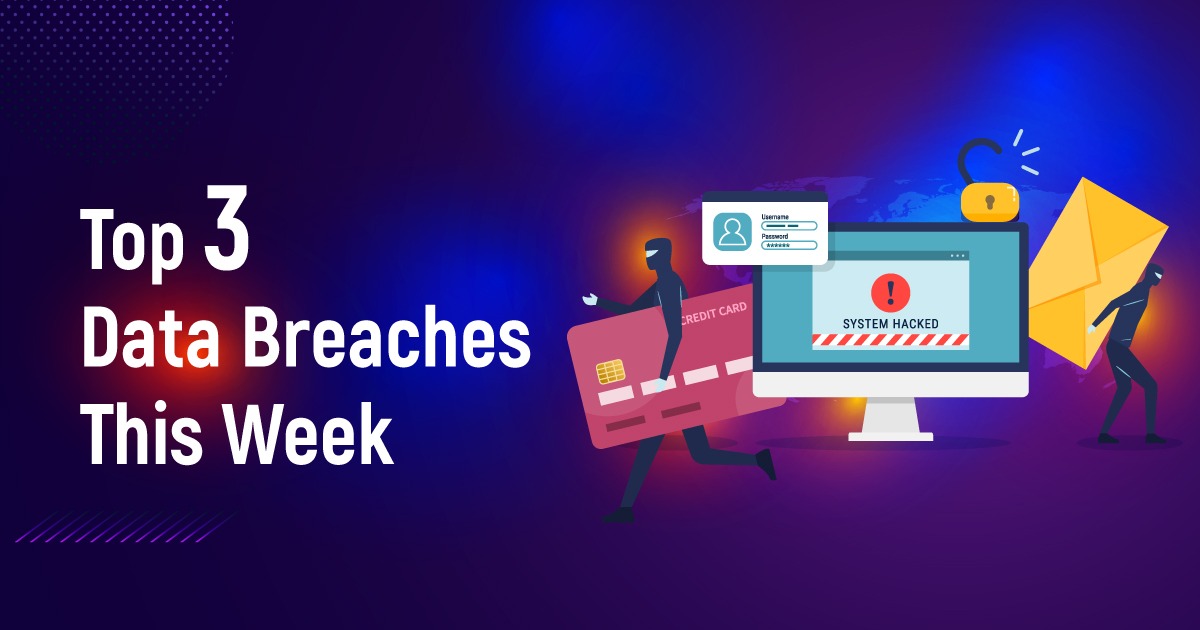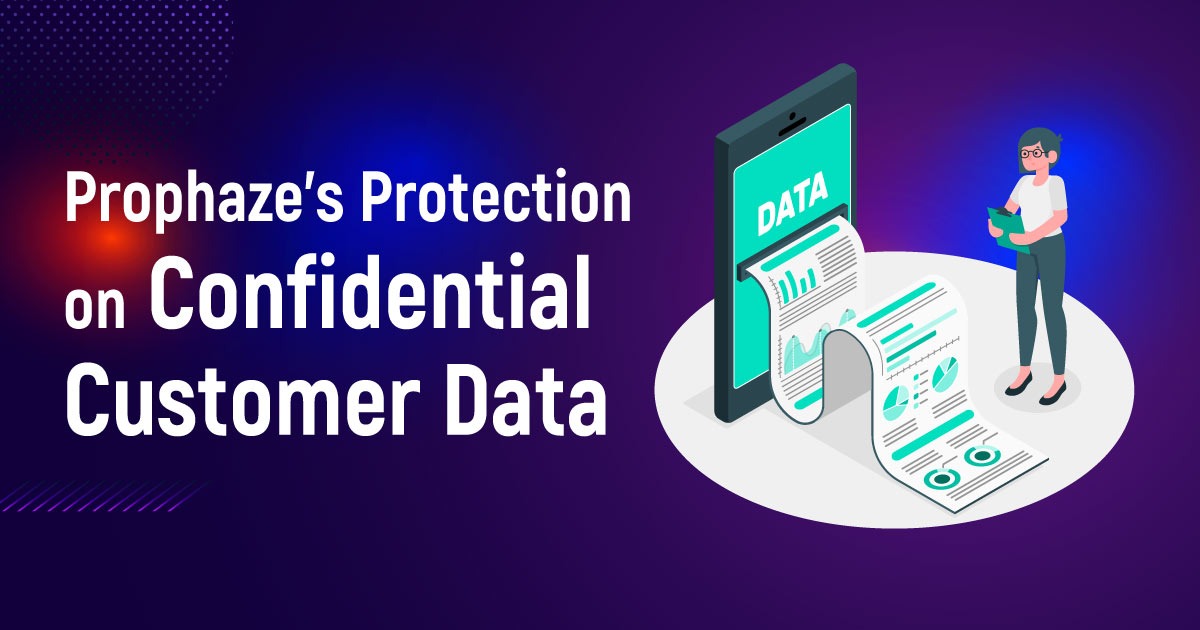Understanding the Difference Between WAF and Firewall
As cyber threats continue to increase in our modern, interconnected world, organizations must have reliable security measures to secure their networks and data. Firewalls and web application firewalls (WAF) are fundamental when safeguarding networks. Grasping their differences is crucial to maximizing network security. To understand the unique functionalities of WAFs vs. firewalls, let’s explore their differences in this post.
Firewall
Organizations often use firewalls to ensure maximum protection of their systems from external attackers like hackers and viruses, which have the core purpose of managing the flow of inbound and outbound internet data by utilizing defined safety procedures. By design, firewalls are intended to protect against malicious attacks and data breaches to preserve the integrity of a system.
Significant features of firewalls include:
Packet Filtering:
Each packet’s header information is examined for details such as port numbers, types of protocols, and source/destination IP addresses by firewalls, which are responsible for packet filtering in a computer network. Pre-existing rules help a firewall determine if a packet should be blocked or allowed.
Stateful Inspection:
The current type of firewall evaluates the network connections’ context utilizing stateful inspection technology. This analysis of connection state combined with historical monitoring of packets is necessary to validate inbound packet associations with valid outbound ones.
Network Address Translation (NAT):
Firewalls can perform network address translation (NAT), which allows multiple devices within a private network to share one public IP address by converting their private IPs into public IPs.
Web Application Firewall (WAF)
Web application firewalls provide tailored protection for online applications against an extensive spectrum of internet-based threats, while network-level firewalls offer general-purpose security. Placed in between the client-server architecture, a WAF inspects all incoming traffic targeting application layers on websites or applications.
Distinct characteristics of WAFs include:
Application Awareness:
Unlike network firewalls, which only work on connections between systems, WAFs are familiar with web applications’ structure and functionality. Detection and mitigation of application-level attacks such as SQL injection or XSS are possible by analyzing HTTP/HTTPS traffic.
Signature-Based Protection:
By using a signature-based approach for detecting known attacks and malicious activities, WAFs provide protection, and to stay current on the latest risks, we consistently update these patterns.
Behavioral analysis:
This is a crucial technique employed by sophisticated WAFs apart from conventional signature-based detection. They regularly monitor web application behavior and traffic trends for defects that could indicate an attack or other unusual activities.
Conclusion
Network security measures have separate roles in web application firewalls (WAF) and traditional network firewalls. By deploying WAFs and protecting the network infrastructure with traffic filtering based on data from the network layer, one can stop attacks from affecting applications. Deploying comprehensive protection strategies for applications and networks becomes possible for organizations when they understand the differences between these security measures. To protect against a wide range of cyber security threats while maintaining the confidentiality, integrity, and availability of sensitive information, organizations must deploy both firewalls and WAFs.

